Travel times across key spots in Melbourne’s east would be up to 40 minutes faster under a completed first section of the Suburban Rail Loop project, data calculated by government transport planners suggests.
Students travelling from Cheltenham to either Monash University in Clayton or Deakin University in Burwood would get there 40 minutes faster than on existing public transport options, and 24 and 29 minutes, respectively, faster than driving the route.
People travelling between Box Hill and Cheltenham, home to the stations that will bookend the Suburban Rail Loop East, will save 30 minutes of car travel time, according to the report.
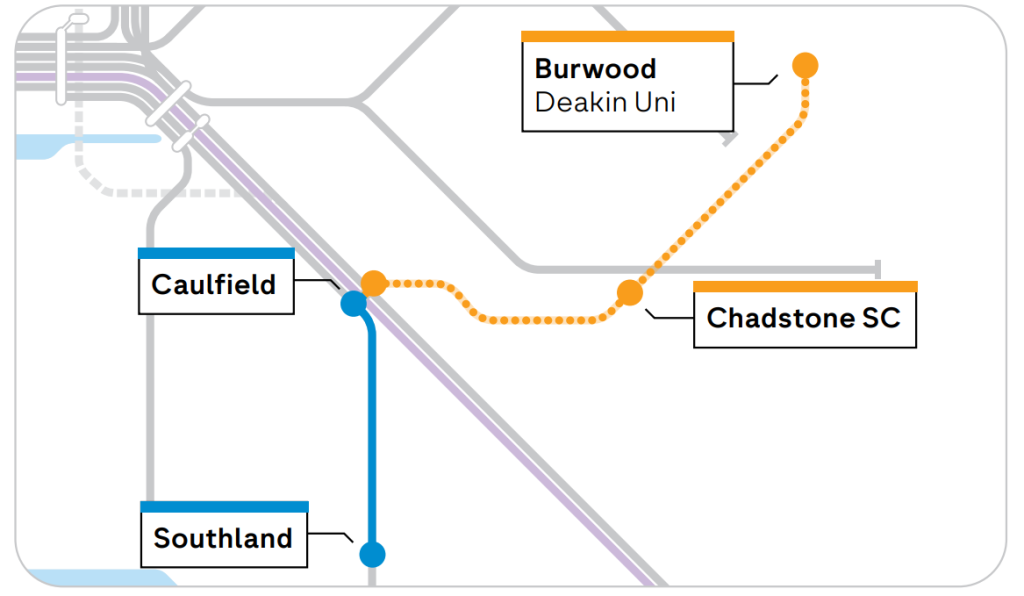
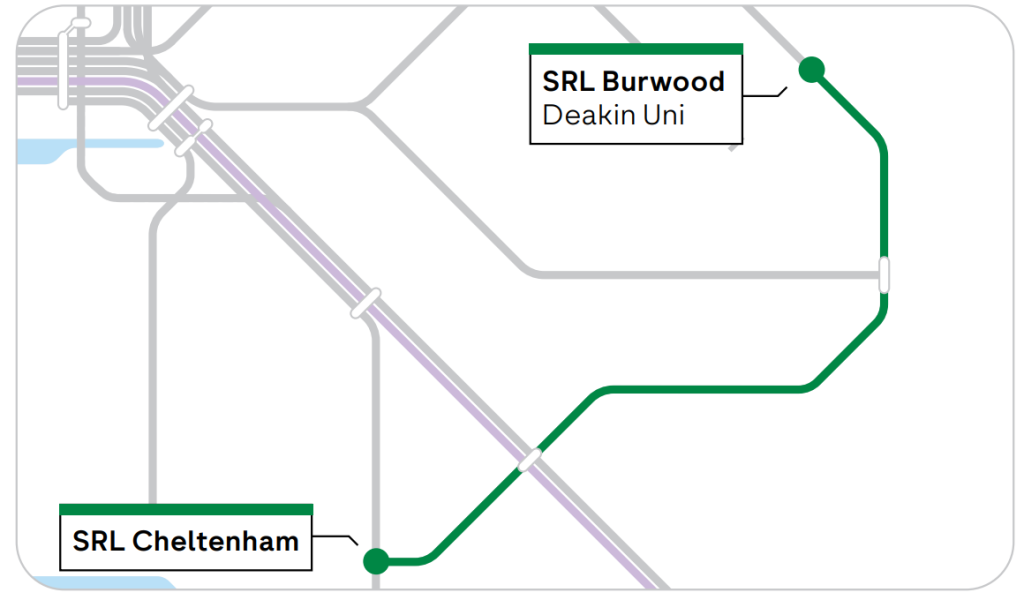
The estimated travel times, which compare to both existing public transport and car-based options, are based on 2025 examples, but the $34.5 billion first leg of the orbital rail tunnel is not due to open until 2035.
The report calculated future journey times along more than 40 routes, with a focus on population hubs, hospitals, medical centres and universities.
It also showed how journeys to and from other parts of the city would be altered by the rail loop, with the inclusion of examples such as travel between Footscray and Deakin University in Burwood. The data suggests that journey would take 43 minutes — 6 minutes faster by public transport, and 11 minutes faster than driving.
Minister for the Suburban Rail Loop, Harriet Shing, said the journey times showed the project would help Melbourne “grow well”.
“We know that at the moment people spend a lot of time in traffic, and they’re having to go into the city before heading back out again,” she said.
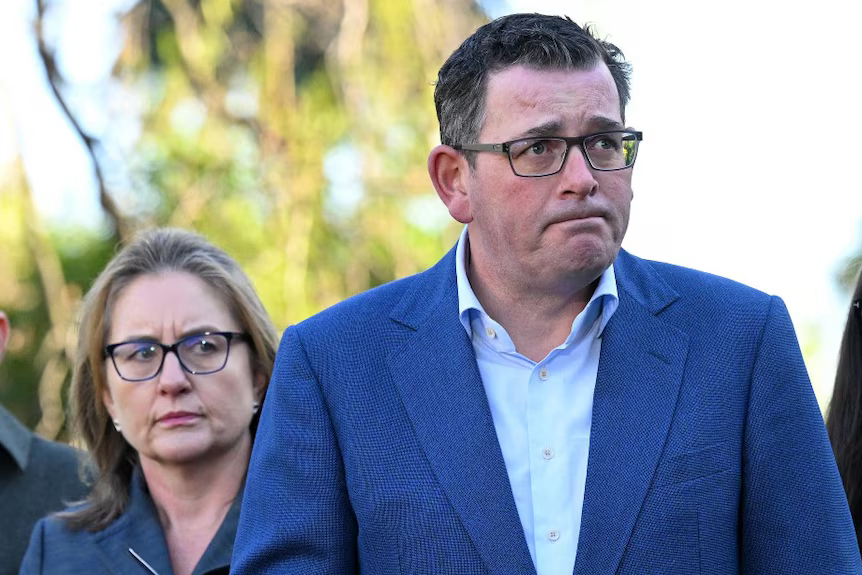
As work progresses, the government has been compelled to defend the mammoth project amid issues including an Infrastructure Australia report casting doubt on the project’s financial viability and concerns from residents in communities earmarked for major development.
Planners’ estimates ‘conservative’, expert says
Monash University public transport expert Graham Currie said the estimated travel times laid out in the report were “quite conservative”.
“They’ve compared the railway to existing travel times by car,” he said.
“By the time they open this thing … travel times will be much worse in Melbourne because traffic congestion will have grown.”
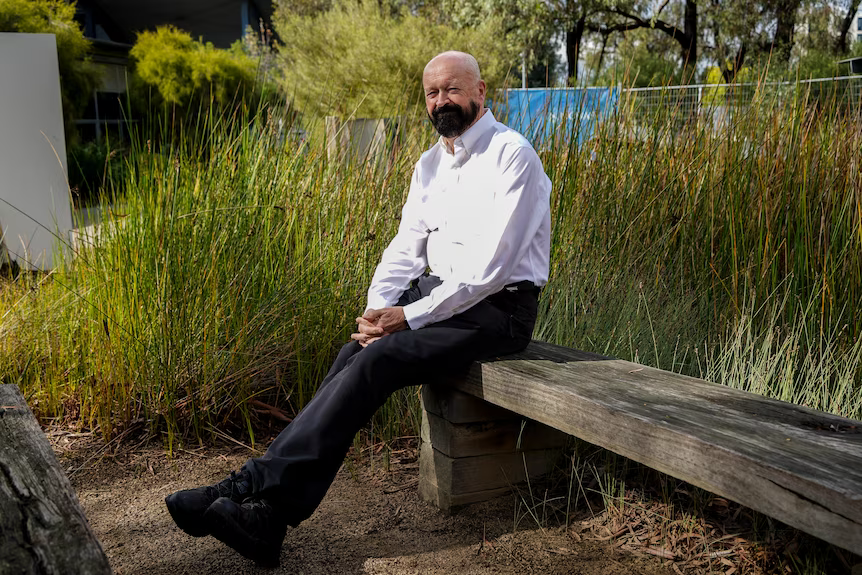
The existing public transport journey times were calculated using the Public Transport Victoria app around 8am on a weekday, and the car travel times using Google Maps.
The completion of SRL East will involve the construction of 26 kilometres of twin tunnels connecting six stations.
Professor Currie said he believed residents in the city’s east would support the project despite its cost and timeline.
“The people that live in these suburbs have been car-dependent for a long time,” he said.
“They know the traffic’s growing, and they’re looking for an alternative, and this is a very attractive one.
“It’s expensive, though.”
ABC News
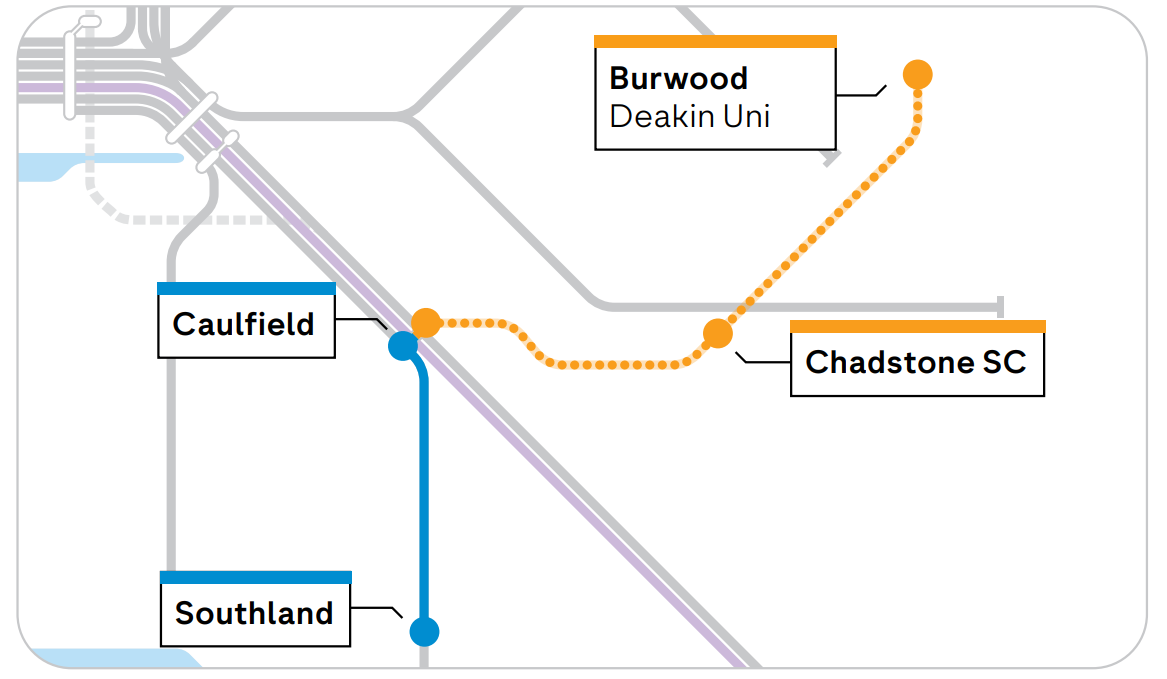


Sure good news for the project. How do students get to the large university campuses out in the eastern suburbs. Why is this project looked upon as being negative?
Diagram above suggests a station at Chadstone?
That would be execellent.